Fall On Your Sword: Original Music for Picture, and Audio Post — Brooklyn Style
WILLIAMSBURG, BROOKLYN: Picture this: A band of musical brothers obsessed with the moving image. The merry tribe that comes into focus would be Fall On Your Sword, a multitasking unit that’s raised the game for composing, scoring and audio post in Brooklyn.
Step off the L train in Williamsburg, walk a couple of blocks, and you’ll locate this trio’s HQ easily enough. Inside is a complex of spacious accommodations sufficient to respond to the needs of their commercial and film clientele. It’s a growing portfolio that includes brands like Google, Smirnoff, Yellow Tail, Absolut, and Kraft, plus movies such as Another Earth, Nobody Walks, and 28 Hotel Rooms.
When left to their own devices, they’ve been known to make some multimedia mayhem of their own. FOYS has racked up nearly 2,000,000 views for this classic Internet video alone – and there’s much more where that came from. Then there are the live performances, because FOYS isn’t just a business, it’s also a band.
All of it is part of a lifelong creative inspiration for FOYS, comprised of composers Will Bates and Phil Mossman, and Executive Producer Lucy Alper. “Music for picture has always been the most important thing in my life,” Bates explains. “Being a part of the narrative connection between music and the visual – that’s something I wanted to do even when I was a kid. And it’s led to this.”
This is a fast-moving, 2,000-sq. ft. facility that enables the creation of distinctively effective scores, stereo and 5.1 Surround audio post mixes, and the aforementioned creative projects. Founded from the ground up to provide clients with a diverse set of audio services, FOYS is seeing their strategy hit its stride after launching in 2009.
“The thing that unifies everything is the fitting of audio to picture,” says Bates. “Likewise, the band was always about the visual environment, and the videos we make. I find it easier to create work with some sort of visual accompaniment, and narrative connection.
“Quite often when a job comes in – whether it’s a commercial, film score, art world gig – we’ll find that the director is working on another project that they could also use us for. A Web series can lead to a TV show, for example. It turns into a jumbled mess of stuff.”
“It was fundamental that FOYS would have a multiplicity to it,” adds Mossman, who also happens to have been an original member of LCD Soundsystem. “We didn’t’ say, ‘We’re doing commercials, and should we also get into film scores? Should we branch out?’ In our primary incarnation, FOYS was designed to do many things well.”
Making the Studio Matter
In a world where all things audio can be done via FTP – at least in theory – FOYS places a great deal of importance on their physical plant. The studio’s location, capabilities, and layout are all factors that help them to connect with their clients, and best express FOYS’ full-service offerings.
On the macro level, FOYS’ decision to set up shop in Brooklyn does have a pioneering feel, since NYC original music and audio post are still predominantly in Manhattan. But after originally meeting when they were all at Michelle Curran’s TriBeCa-based Amber Music, the trio felt that a location across the East River would work out.
“There’s so much going on just in this neighborhood – the ‘Williamsburg Chamber of Commerce’ we call it!” jokes the British-born Bates. “In the last three years since we’ve opened up, there’s been an explosion of creative companies around here. It’s a desirable neighborhood, and a lot of our clients live around here now. They can schedule their time here, and just go home right after.”
The feng shui of FOYS starts in the high-ceilinged front lounge, where a skylight shines on a spacious room (complete with fully functional evil-Statue-of-Liberty-video-and-piano art installation). Directly adjoining that space is The Forge, FOYS’ newly minted 5.1 Surround mix suite. The compact live room is adjacent, equipped with a full drum set, upright piano, and mobile gobos to transform it into a VO tracking space. Take a left, and you’re immersed in Bates’ writing room, where that music house rarity – a collection of real live horns – serves notice that the sounds here will be extra natural.
“When people come here and see the space, they see everything that happens under one roof and it gives them ideas,” notes Alper. “The studio itself, and the way it’s laid out, helps them to make sense of everything. With the live room at the center of the composing area and the mixing area, you have a sense that you’re connected to all those worlds while you’re here. And the client area provides a place where people can hang out, and have a sense of separation from where the jobs are being produced.
“For example, we’re mixing something this afternoon for an advertising client. The spot was scored here, and if we want to change just one piano chord during the mix, it’s easy for Will to go into his room and change it. This mix is a fast turnaround, and under those types of deadlines it’s comforting for the client to know that they have that type of control and involvement.”
Filling an Audio Post Mixing Gap
At FOYS, the most recent development has been the buildout of The Forge. Previously in a smaller configuration, the team realized that more spacious accommodations would be needed to attract mix clients – from indie filmmakers to Madison Avenue- and Brooklyn-based ad agencies – on a consistent basis.
Appointed with distinctive light fixtures and myriad other artful touches, The Forge evokes the feeling of mixing in a mod/turn-of-the-century European salon – it’s an inviting proposition that allows FOYS to fill what they identified as “a gap” in the NYC mix-to-picture market.
“It’s ideal for movies that aren’t necessarily going to spend two weeks at Sound One,” states Bates. “We’re able to create the same level of quality that a big place is capable of achieving, but with a more cost-effective model.”
Keeping It Real
In Bates’ room, his collection of saxophones happily coexists with an array of analog synths, guitars, and outboard gear, ultimately recording to Logic and Pro Tools HD. It’s a toolset that supports FOYS’ distinctive and diverse composing style, which is evident on standout spots from their reel like “Beware the Hitcher” (Mini), “An Extremely Brisk Story: Machete” (Brisk Iced Tea) and the Gold Clio-/Gold Lion-winning “TITLE” (Nomis).
“Storytelling is the main thing that’s always driven me, but the aesthetic world that FOYS exists in – that’s a very difficult thing to pin down,” Bates says. “Some of our recent work has been very lyrical, and very emotive. We tend to make choices that are based on marrying modern techniques of modern music with organic feels. When I’m creating, I like to touch stuff – actually play things.”
“There’s a lot of attention paid to the timbre of the sounds,” Mossman adds. “We don’t just have a massive bank of samples that we click through by the numbers. Our is a tactile way of creating, and finding the instruments that speak to the film. You make different choices when you’re holding an instrument versus scrolling through a bunch of presets.”
According to Bates, the difference between employing a real baritone sax and its virtual equivalent is clear – even if it isn’t just about what you hear. “It’s not a question of, ‘Does that sound fake or real?’ It’s a feeling. People who don’t know what a sample library is can identify the difference in that emotion when the instrumentation is real.”
For FOYS, that philosophy extends to the outboard gear that they employ. Several key pieces are arrayed facing Bates’ mix position in a horizontally-oriented space, residing in a unique custom desk designed by the composer’s wife Sarah Bereza.
“I got seduced by the idea of vintage gear a long time ago,” he admits. “Reverbs are really important to me – I fell in love with my Orban spring reverb, and it’s become a FOYS signature. It gives everything a real haunting width that I love.”
Another rare find at this music house is a pair of tape machines. While the big kahuna Studer A80 24-track 2″ only gets used on special occasions, Bates’ rack-mounted Panasonic reel-to-reel is frequently in the signal path – but not in the way you might think. “I use this as a pitch-bending device. We scored a movie called Generation Um… , and I used it for this ‘spinning top’ sound that affected the melody.”
The Business of Sound + Vision
Although feeding their creative urges is an important part of how FOYS is set up, they also see how to excel in their fast-paced service industry.
“Agencies need to know that they’ll get a high level of organization, very quickly,” Mossman says. “We’re not a huge corporate music entity, which can be a little bit depersonalized. But if you’re too small, you may not be able to keep up with the workflow. So it’s about striking a balance of efficiency and creativity.”
Complexicating matters for a company like FOYS is NYC’s saturated music-for-picture landscape, intensified by the very quality of the competition. “There’s a lot of good people doing it,” continues Mossman. “You have to stay valid and in the game, and you have to continually do that because people have short memories. It’s essential to do consistently great work, be flexible, and be fast.”
For Fall On Your Sword, an intangible edge comes from the trio’s shared passion for music and picture combined. “It’s definitely a natural mode for us,” Phil Mossman observes. “In fact, it feels strange when we’re not working to picture. If we have to turn the picture off to do the remix, something’s missing. It’s always an odd moment.”
— David Weiss
Please note: When you buy products through links on this page, we may earn an affiliate commission.







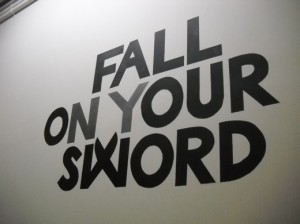
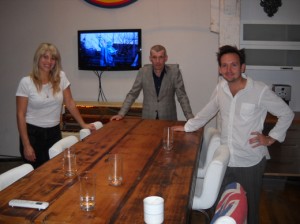
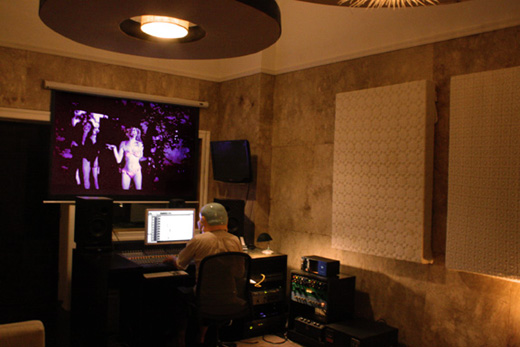
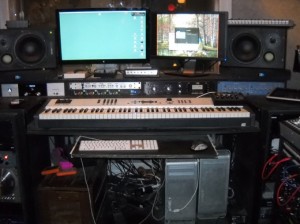
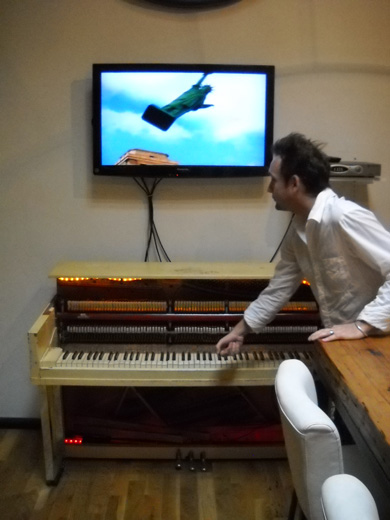
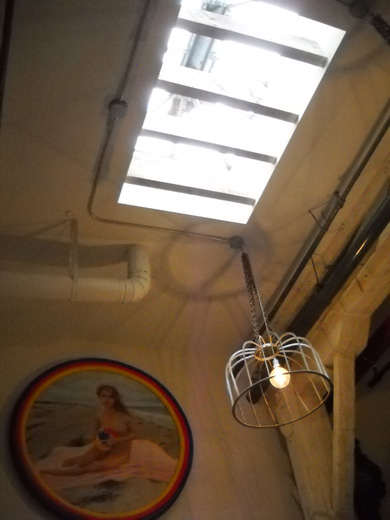
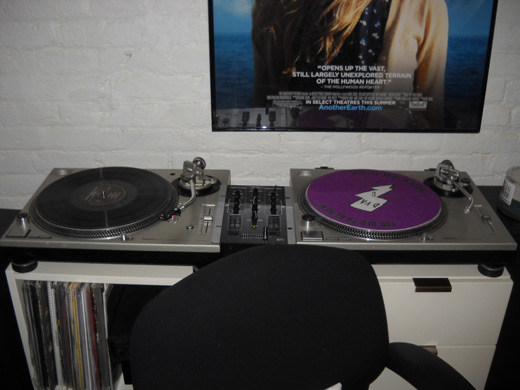
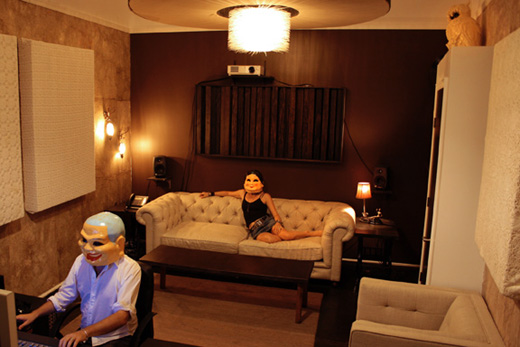
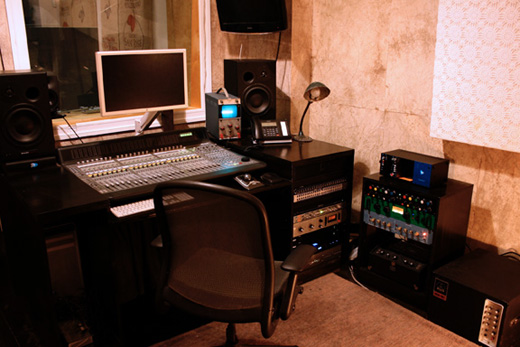

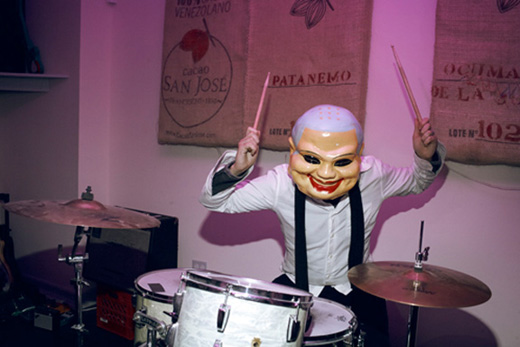
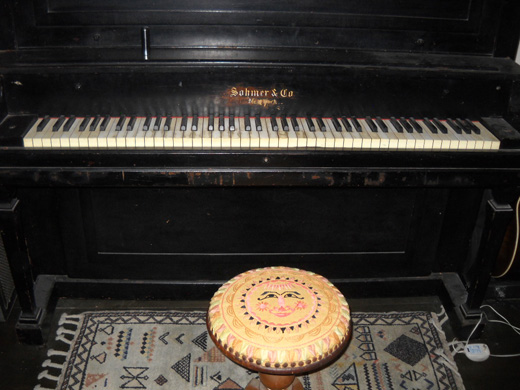

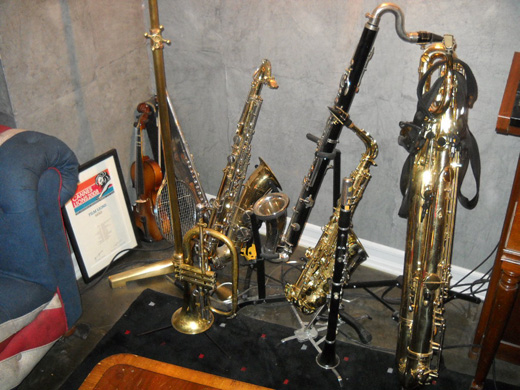




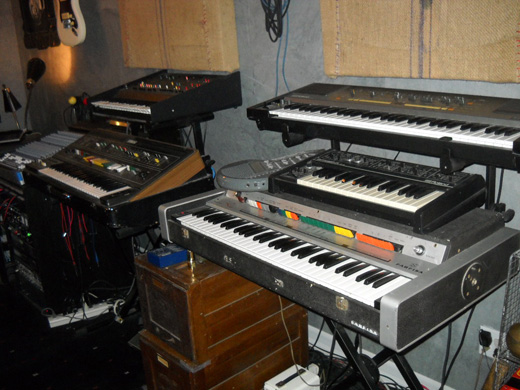

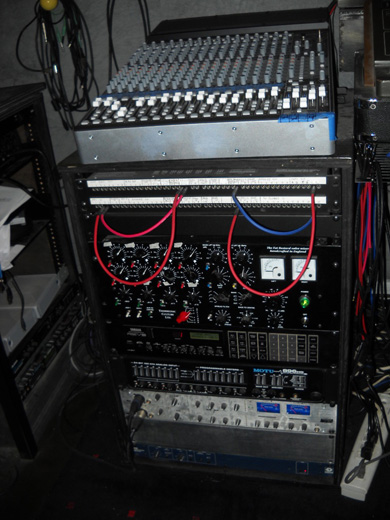


DICK
September 21, 2012 at 1:39 am (13 years ago)I think I want to move in and play my Clarinet. Dick B